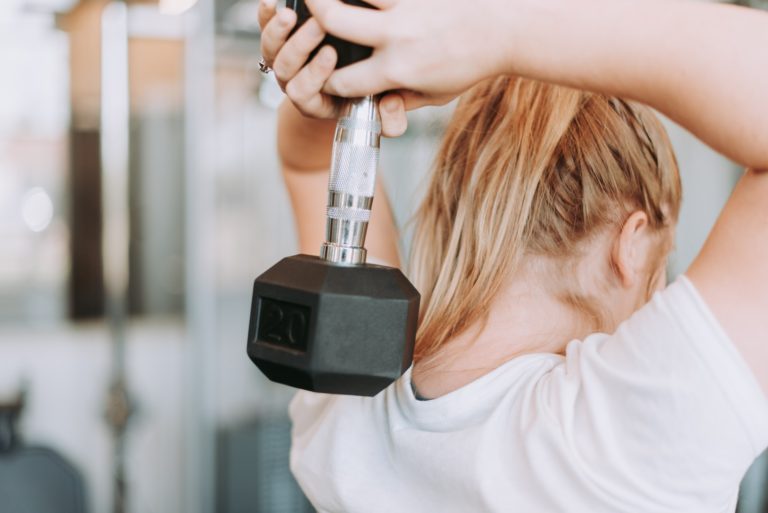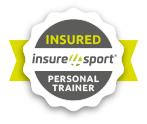Master the Basics - Push, Pull, Squat, Hinge, Lunge & Rotate

For my Master the Basics post this week, I want to cover the fundamental movement patterns in strength training.
What’s unique about strength training is that weight, and multiple accumulated repetitions are put through the body. This enables us to better manage and move under increased force and fatigue. The movements of the body are broken down into these primary patterns Push, Pull, Squat, Hinge, Lunge & Rotate.
Push – are upper body exercises where the load/movement is away from the body. These can be in vertical (shoulder press) or horizontal (push-ups) planes.
Pull – are upper body exercises where load/movement is towards the body. These also can be in vertical (chin-ups) or horizontal (rows) planes.
Squats – are lower body exercises that include hip, knee and ankle flexion where the knee goes through a large degree of motion.
Hinges – are lower body exercises that involve hip flexion with limited knee flexion.
Lunge – is a stepping action involving locomotion. Lunges will have an element of a squat within them.
Rotate – transverse motions where the body either rotates or resists rotation. Think chops or pall of press
The body can, of course, move outside of these patterns, but when we do, it’s usually a combination of one or more of the above.
Hinges, Pulls and Rotation, are usually weaker and undertrained patterns and are worth training with more exercises and/or more often. So at the very minimum, have structural balance to your strength training program. Training each of the above patterns equally. Usually, it’s stated to train a ratio of around 3:1 pulls and hinges to pushes and squats. I don’t necessarily agree with this, but it emphasises the posterior chain, so I’m happy to mention it.
Remember that your strength training plan is the total number of exercises you do across all your workouts. So write them all down and ensure your program is balanced correctly. Make sure you’re not doing too many of one type. For those that train at home, it’s common to use lots of push and squat focussed exercises. So you can make a few tweaks to balance this out.
Stay tuned next week for another instalment of Master the Basics and don’t forget to follow me on Instagram where I share exercise techniques, and show you how to maximise your training. I hope you enjoyed this blog post, if you have any questions I host a weekly Sunday Q&A session on my Instagram channel. Otherwise, please feel free to email me at andy@andyvincentpt.com.
If you want to get in touch and see how I can help your fitness and become your Online Personal Trainer, click here.


